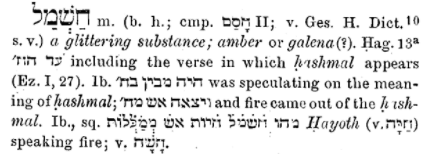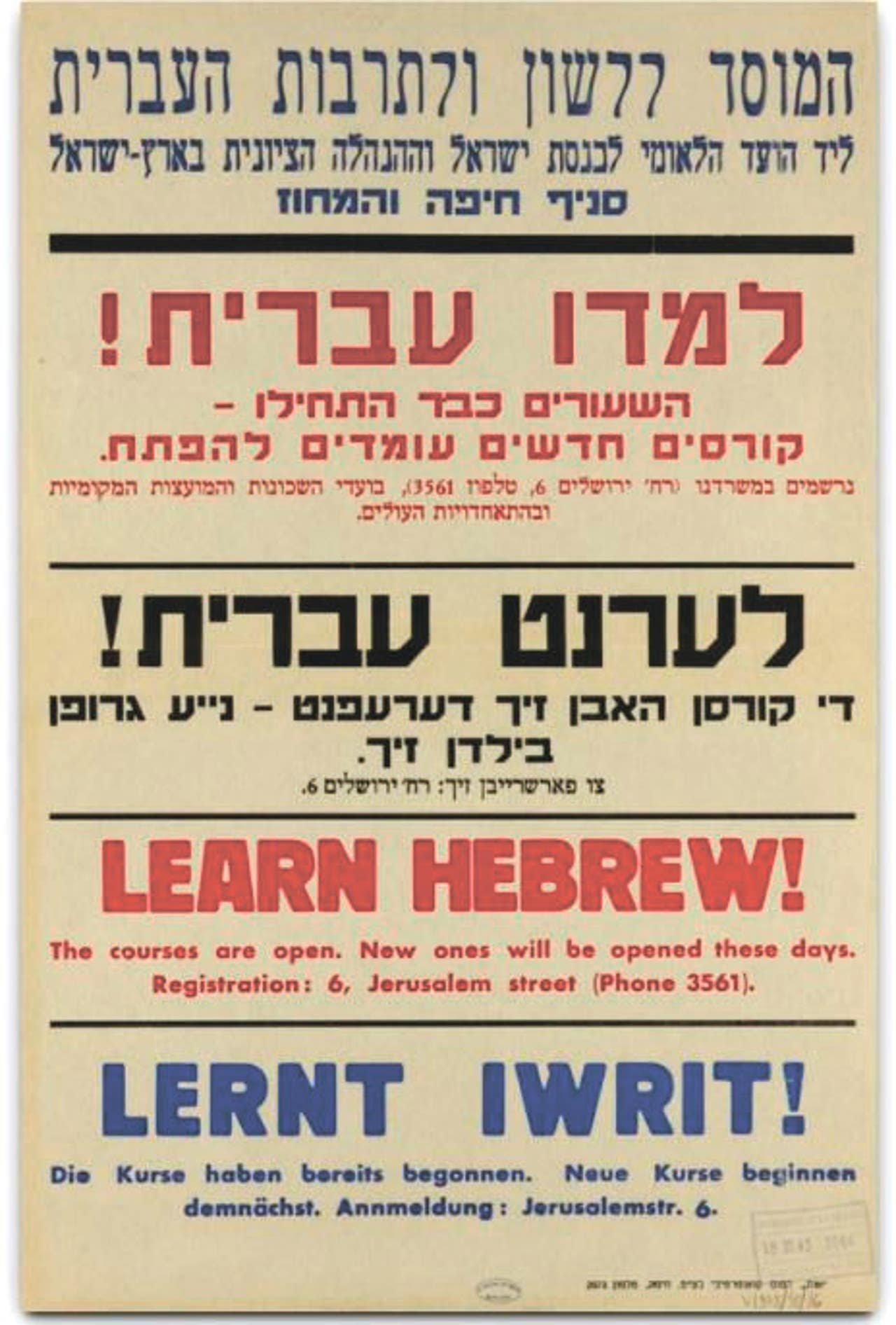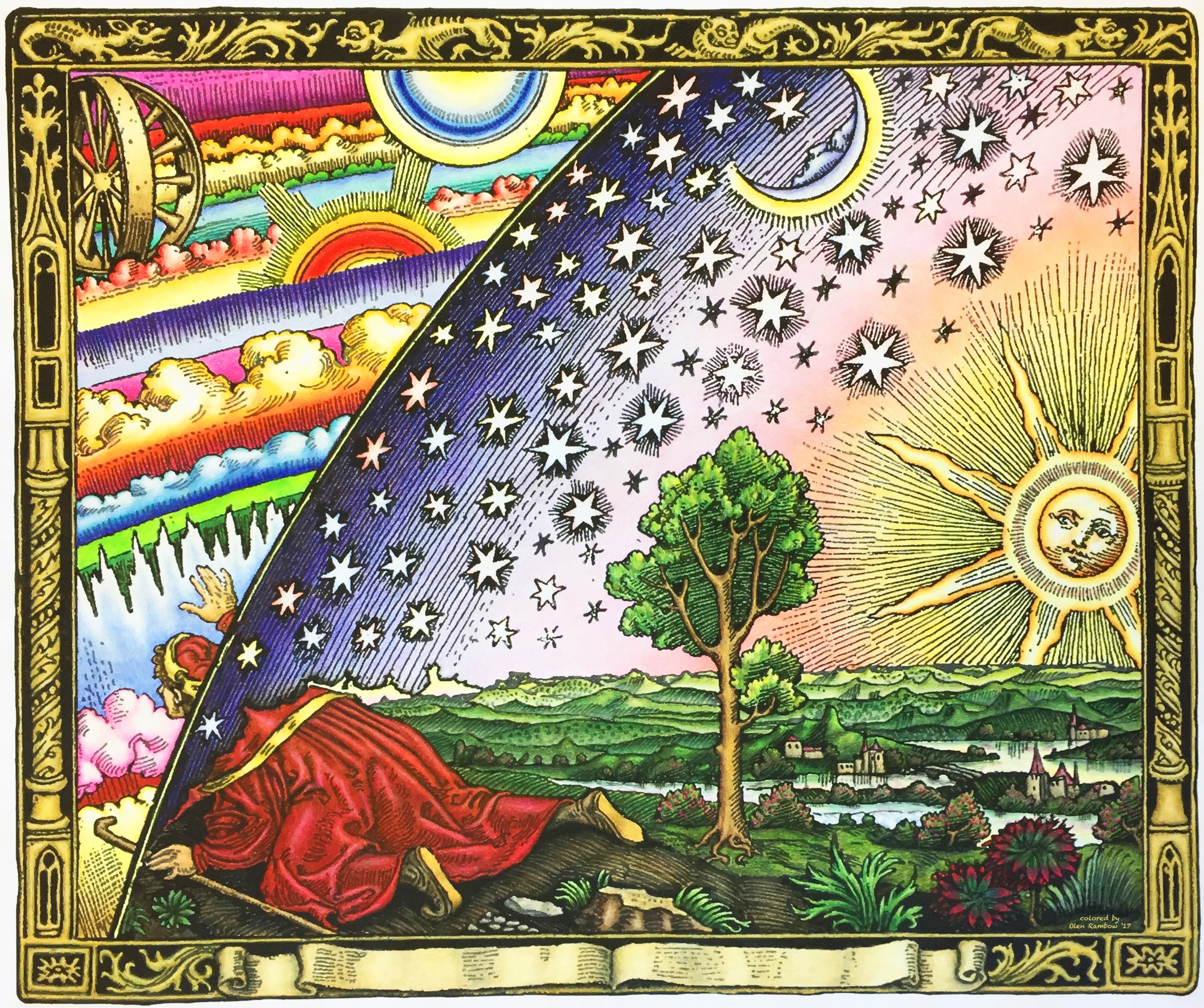A salamander unharmed in the fire. From Koninklijke Bibliotheek, KB, KA 16, Folio 126r, c 1350. From here.
Today marks an important event in the Daf Yomi calendar. We finish studying the second order of the oral law, known as Mo’ed, which focussed on the laws of the festivals, though it covered a lot else besides. And on this very last page of Chagigah, which is also the very last page of Mo’ed, we read the following:
חגיגה לז, א
אָמַר רַבִּי אֲבָהוּ אָמַר רַבִּי אֶלְעָזָר: תַּלְמִידֵי חֲכָמִים אֵין אוּר שֶׁל גֵּיהִנָּם שׁוֹלֶטֶת בָּהֶן, קַל וָחוֹמֶר מִסָּלָמַנְדְּרָא: וּמָה סָלָמַנְדְּרָא שֶׁתּוֹלֶדֶת אֵשׁ הִיא — הַסָּךְ מִדָּמָהּ אֵין אוּר שׁוֹלֶטֶת בּוֹ, תַּלְמִידֵי חֲכָמִים שֶׁכל גּוּפָן אֵשׁ, דִּכְתִיב: ״הֲלוֹא כֹה דְבָרִי כָּאֵשׁ נְאֻם ה׳״ — עַל אַחַת כַּמָּה וְכַמָּה
Rabbi Abbahu said that Rabbi Elazar said: The fire of hell has no power over Torah scholars. This can be derived by an a fortiori inference from the salamander [a creature created out of fire and immune to its effects, and whose blood is fireproof]: If a salamander, which is merely a product of fire, and nevertheless when one anoints his body with its blood, fire has no power over him, all the more so should fire not have any power over Torah scholars, whose entire bodies are fire, as it is written: “Surely My words are as fire, says the Lord” (Jeremiah 23:29), and the words of Torah become part of the Torah scholars’ very bodies.
So according to Rav Elazar, if you rub yourself with the blood of the salamander, you will not be burned by contact with fire. That’s some claim. Before we consider where it came from, here are another couple of references to the magical ability of the salamander to resist fire.
other references to The Salamander
סנהדרין סג, ב
אף חזקיה מלך יהודה ביקש אביו לעשות לו כן אלא שסכתו אמו סלמנדרא
In another tractate, Sanhedrin, there is a discussion of idol worship, and the Talmud notes that some cult practices demanded that parents sacrifice their children by burning them alive. “Even the father of Hezekiah the king of Judea wanted to sacrifice him in this way, but his mother saved him by covering him with the blood of the salamander.” Rashi gives this explanation:
The salamander is a small creature that emerges from a furnace which has been burning for seven consecutive years. Fire cannot burn someone who has smeared himself with the blood of the salamander.
From where did Rashi get the idea that the salamander emerges from a fire that has been burning for seven years? Perhaps from the Midrash Tanchumah, where it burns not seven years but seven days.
מדרש תנחומא (ורשא) פרשת וישב סימן ג
בריות הגדלות באור ואין גדלות באויר ואיזו זו סלמנדרא כיצד הזגגין העושין את הזכוכית כשהן מסיקין את הכבשן שבעה ימים ושבעה לילות רצופין מכובד האור יוצא משם בריה הדומה לעכביש (ס"א לעכבר) והבריות קורין אותה סלמנדרא אדם סך ידו מדמה או אחד
למה? על שתחילת בריאתה מן האור מאיבריו אין האור שולטת באותו מקום
There are creatures that thrive in fire and not in air, like the salamander. How is it created? When glassmakers leave a furnace continuously alight for seven days and seven nights, out of the fire there emerges a creature that resembles a spider (or a mouse). That creature is called the salamander. If you cover your arm or any limb with its blood, it that place will become impervious to fire. Why is does the salamander have this ability? Because it was created from fire.
This is all rather strange. Where does this legend come from, and does science have anything to say about fireproof salamander? Read on.
“[The salamander] has no digestive organs, and gets no food but from the fire, in which it constantly renews its scaly skin. ”
Identifying the Talmudic Salamander
There is in fact a European species of salamander called the Fire Salamander (Salamandra salamandra) which has bright markings that serve to warn predators that it is poisonous (and that they should therefore leave it alone). But this cannot be the salamander referred to in the Talmud, because it is found in central and southern Europe, and not in the Middle East where the Talmud was written. The talmudic salamander is the Near Eastern Fire Salamander, found in Israel, Iran, Iraq, Syria and Lebanon. Here is a picture of one, taken on Mt. Carmel near Haifa.
The Near Eastern Fire Salamander, (Salamandra infraimmaculata)
The salamander is an amphibian that can grow up to thirteen inches in length and feeds on insects and larva. According to Dr. Michael Warburg from the Technion, they can live for up to twenty years. He knows this because he visited the same pond on the top of Mt. Carmel for twenty-five years (!) and published a paper titled "Longevity in Salamandra infraimmaculata from Israel with a partial review of life expectancy in urodeles." And what was the name of the journal in which it was published I hear you ask. Good question. It was Salamandra. Of course it was.
Salamanders live near ponds and streams, though they spend most of their adult lives out of the water. They can exude a toxin when threatened, which can cause skin irritation but not much more. Since they do not have lungs they breath through their skin, which must be kept moist. And Dr. Warburg, the Technion salamander specialist, informs us that they lay their eggs in water. Not in furnaces. So from where did the rabbis of the Talmud get the ideas that they were fireproof creatures, born from within flames? They got it from the surrounding cultures which had similar stories about the origins of the salamander.
The FIREPROOF Salamander in other cultures
According to the explorer Marco Polo (d.1324) the name of the creature comes from the Persian words Sam meaning "fire," and Andar and meaning "within." The Roman historian Pliny the Elder (23-79 CE) wrote that the salamander was "so intensely cold as to extinguish fire by its contact, in the same way as ice does" which demonstrates that the fireproof salamander story goes back to long before the talmudic period. The legend is also found in the writings of Saint Isidore of Seville (560-636 AD) who lived around the time that the Talmud was redacted.
“The Salamander is so called because it is strong against fire....It fights against fires and alone among living things, extinguishes them. For it lives in the midst of flames without pain and without being consumed and not only is not burned, but it puts the fire out.”
The legend is also found some unusual contemporary places. In Ray Bradbury's dystopian novel Fahrenheit 451, books are banned and firemen don't have the job of putting out fires. Instead, they are tasked with burning any books that are found. Do you recall the name of their firetrucks? That's right - they were called Salamanders. The firemen also had an official symbol, which was a salamander.
We know an idea has deeply embedded itself in popular culture when it appears in The Simpsons. And in an episode called See Homer Run, Homer takes a job as The Safety Salamander, teaching schoolchildren about fire safety. And what does Homer need to wear for the job? A salamander suit. Of course.
From See Homer Run, in The Simpsons Season 17 Episode 6.
But that's fiction. Take a look at the logo of the International Association of Heat and Frost Workers below. It is a salamander over a fire, and insulating some pipes. And that is a fact.
Logo of the International Association of Heat and Frost Insulators and Allied Workers. It's a salamander over a fire, and insulating some pipes.
Evidence to the contrary
So the talmudic legend of the fire-proof salamander is a Jewish version of a legend found in contemporary Roman and Christian lore - a legend that still reverberates today. But although the Roman Pliny recounted the myth, he was also skeptical of it. There are numerous references on the internet which tell of Pliny throwing a salamander onto a fire, to see what would happen. The salamander died. But I cannot find a primary source for this story (please let me know if you find one), so let's go with Pliny's observations from his work Natural History:
As to what the magicians say, that it is proof against fire, being, as they tell us, the only animal that has the property of extinguishing fire, if it had been true, it would have been made trial of at Rome long before this. Sextius says that the salamander, preserved in honey and taken with the food, after removing the intestines, head, and feet, acts as an aphrodisiac: he denies also that it has the property of extinguishing fire.
We will leave the aphrodisiac properties of the salamander for another time, and focus instead on Pliny's observation that a simple test will confirm or falsify the legend. All you need are a couple of salamanders and a fire...which is also not an experiment too many of us would have the heart to do. But the Christian scholar, Pierius (d ~309) did. In his work, cited by the British polymath Sir Thomas Browne Pierius wrote
Whereas it is commonly said that a Salamander extinguisheth the fire, we have found by experience, that it is so far from quenching hot coals, that it dieth immediately therein.
And that should settle the matter. Rabbi Dr. Natan Slifkin did not throw a salamander into a fire, but he did accidentally leave one rather too close to a heat lamp, which is, I suppose, the next best thing. "I myself once found a fire salamander which I kept in a vivarium" he wrote in his fascinating book Sacred Monsters, "and when I accidentally left a heater too close to its cage, the salamander did not so much escape unscathed, as shrivel up into a withered corpse!"
A Fireproof Newt? SORTA
Rabbi Dr. Slifkin also references a report from a 1997 edition of Herpetological Review (All Amphibians, all of the time!) from a Mark Stromberg at the Hastings Natural History Reservation in California (part of UC Berkeley). He reported seeing the California Newt (Taricha Torosa) moving over the unburned litter in front of a controlled fire that had been burning for at least three hours. Then comes this:
Each newt walked directly into the flame front and did not pause while walking through the burning leaves. The slime covering their bodies foamed up, resembling an egg meringue. Within 20-30 s they were through the flames and on the cool, black ashes of the litter. Upon close examination, the now crusty white coating easily wiped off their wet bodies. I did not observe any skin blisters and the skin color looked normal. The newts were returned to the forest litter and they continued to walk downhill. They did not stop or curl up but walked normally, proceeding at near-record newt speed. As they walked through patches of un- burned grass, the leaves and litter removed almost all of the thin, white crust. They walked under a rotting log in dense litter and I did not follow them further. Fires are frequent in central, coastal California where T. torosa is common. Foaming of the skin secretions would dissipate heat and may be a mechanism used by this species to escape wildland fires.
(I tracked down the original. You can read it here, p82-84.)
This report is fascinating, but hardly proves that salamanders are fireproof. At best, newts may have the ability to delay the brief harmful effects of a forest fire (which would certainly make evolutionary sense).
An Explanation
Dr Warburg, the salamander guy from the Technion, noted in his paper that the salamander only spends about 1.25% of its adult life-time in ponds. The rest of the time it lives in rotting logs and leaf litters. This might explain the origin of the legend. When our ancestors, be they Jewish, Roman, or Christian would gather logs and kindling to light a fire, they might inadvertently sweep up a salamander or two with them. When these leaves and logs were set alight, the salamanders would scuttle out of the fire as quickly as they could, and ta-da, it looks like they were born from the flames. Perhaps that is how this whole salamander fire thing started.
The legend of the fireproof salamander is almost 2,000 years old, and certainly predates the Mishnah and Talmud. It's a great story to tell around a campfire at night. Just don't be surprised if you see a salamander emerging, unscathed, from the ashes.
















